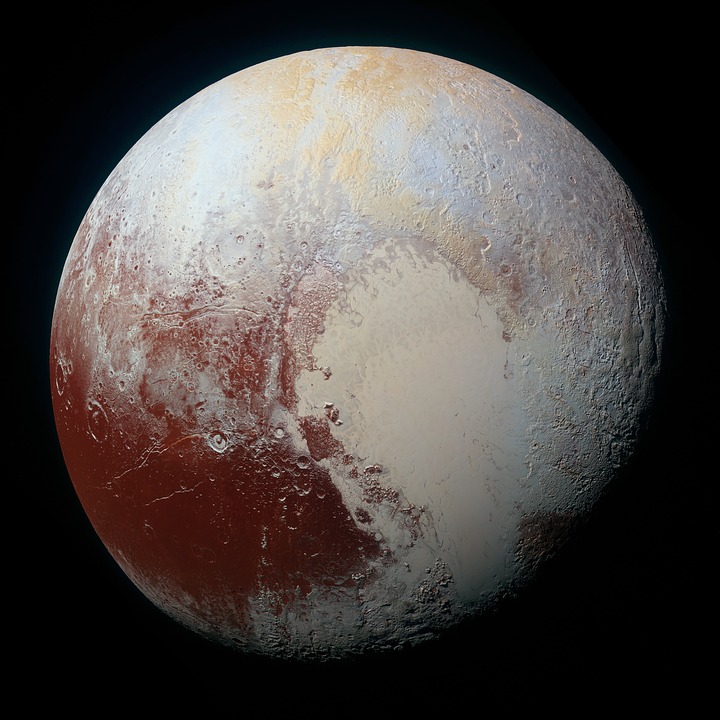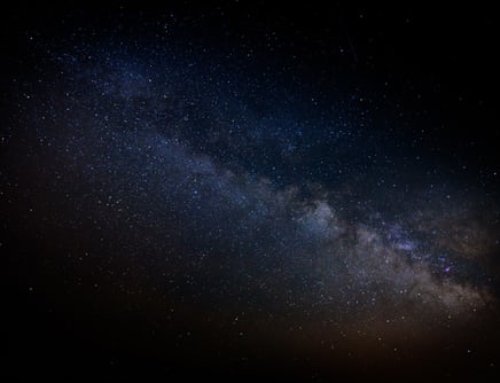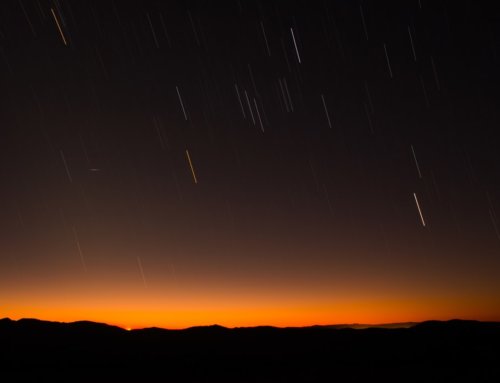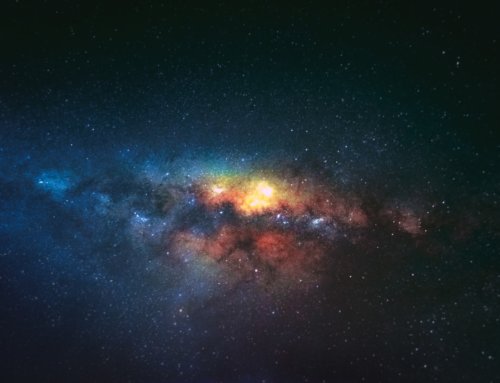The debate over the possibility of an additional planet in our solar system has gone on for years. Most recently, Pluto was demoted from a planet to a dwarf planet. That means we’re now looking for a Planet Nine, not an elusive Planet X.
While controversial with the general public, Pluto’s demotion was widely agreed upon by scientists. Discovered with fanfare in 1930, by the 2000s scientists argued that Pluto was too small to really rank as a planet. Instead, it’s now recognized as a part of the Kuiper Belt.
The Kuiper Belt is a part of our solar system that exists beyond the orbit of Neptune. Neptune is currently recognized as our solar system’s outermost planet. This group of objects is small, but not totally consistent. Many have unique, elliptical orbits. They’re so small, however, that they’re impacted by the gravitational pull of Neptune.
Outside the Kuiper Belt is another class of objects. Known as the detached population, this group seems to be impacted by larger bodies, too. Neptune, though, is too far away to account for the way these objects move.
Observations like this tell scientists that something else must be going on in our solar system. An additional planet could very well account for the way some of the objects in the detached population move. Other hypotheses include a dwarf star. The sun is an average star. A dwarf star companion, orbiting far away from Earth, could easily have escaped detection until now. Some researchers argue that infrared surveys have disproved this hypothesis.
In recent years, no one has really been looking for a dwarf planet. By March 2019, researchers from Caltech and MIT had begun to make their observations and accompanying theories public. Researchers speculate that if there is a ninth planet, it must be smaller than Saturn, or it would have been observed by now. They believe its orbit is 400 to 800 times farther from the Sun than the Earth.
This as-yet hypothetical planet is believed to have a magnitude between 19 and 24. If this is correct, it’s observable with the current generation of telescope technology. With all the details about this planet’s size and dimension, scientists believe it may well be located within the next ten years. This is truly an exciting time for the field of astronomy.






